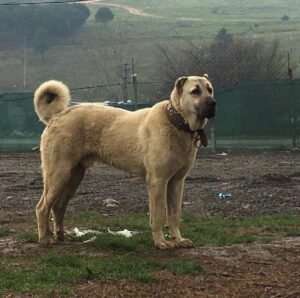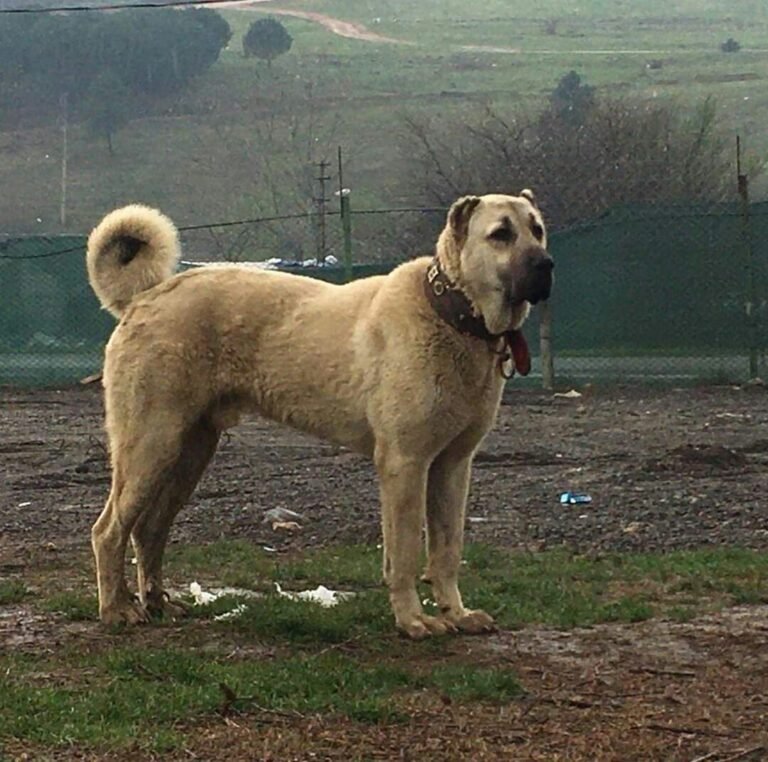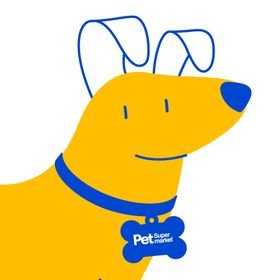Cattle dogs, known for their intelligence and herding abilities, have been indispensable companions for farmers and ranchers worldwide. These hardworking canines exhibit remarkable traits that make them unique in the realm of dog breeds.
2. History and Origin
1: The Origins of Cattle Dogs
The history of cattle dogs traces back to the 19th century, primarily in Australia, where they were selectively bred for herding cattle. Their lineage often includes a mix of breeds, such as the Australian Cattle Dog and the Blue Heeler, contributing to their exceptional herding instincts.
2: Contributions to Agriculture
3. Characteristics of Cattle Dogs
1: Physical Traits
Cattle dogs are typically medium-sized, muscular, and agile animals with distinctive coat patterns and colors. Their endurance and stamina suit them well for the demands of herding tasks.
2: Temperament and Behavior
Known for their high intelligence and loyalty, these dogs exhibit an energetic nature coupled with a strong work ethic. However, their independent streaks often require proper training and socialization.
4. Different Breeds of Cattle Dogs
Various breeds of cattle dogs exist globally, each showcasing unique traits, such as the Australian Cattle Dog, Blue Heeler, and Red Heeler, contributing to the diversity within this category.
5. Cattle Dogs as Working Dogs
Cattle dogs’ exceptional herding abilities have made them indispensable to farmers and ranchers worldwide. Their agility, intelligence, and dedication make them valuable assets in managing livestock.
6. Training and Exercise
1: Training Techniques
Successful training involves consistent positive reinforcement and mental stimulation to channel their intelligence effectively. Regular exercise is crucial to prevent boredom and maintain their physical well-being.
7. Health Considerations
1: Common Health Issues
Despite their robustness, cattle dogs may be prone to certain health conditions, including hip dysplasia and progressive retinal atrophy. Regular vet check-ups and a balanced diet are vital for their overall health.
8. Cattle Dogs as Pets
While their herding instincts are deeply ingrained, cattle dogs can make excellent companions in households that understand their needs for mental and physical engagement.
9. Caring for a Cattle Dog
1: Grooming Needs
Their short coats require minimal grooming but regular brushing to maintain cleanliness and reduce shedding. Adequate exercise and mental stimulation are essential for their well-being.
10. Understanding Cattle Dog’s Diet
1: Dietary Requirements
A balanced diet rich in proteins and nutrients is crucial for their active lifestyles. Consultation with a veterinarian ensures their dietary needs are met appropriately.
11. Socialization and Interaction
1: Socializing Your Cattle Dog
Early socialization with people and other animals is pivotal in shaping their behavior and preventing potential aggression or anxiety issues.
12. Common Misconceptions
1: Misunderstandings About Cattle Dogs
Addressing common myths and misconceptions can help potential owners understand these dogs better, leading to a more fulfilling relationship.
13. Conclusion
In conclusion, cattle dogs embody an exceptional blend of intelligence, loyalty, and work ethic, making them invaluable assets in both rural and urban settings.
Frequently Asked Questions (FAQs)
- Are cattle dogs suitable for families with children?
- Do cattle dogs require a lot of exercise?
- How do I train a cattle dog effectively?
- What are some common health issues seen in cattle dogs?
- Can cattle dogs adapt to apartment living?








